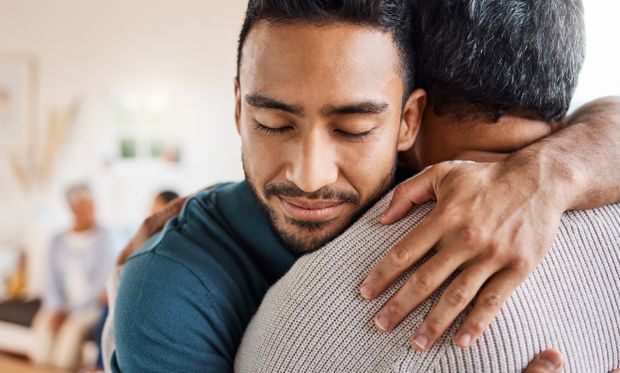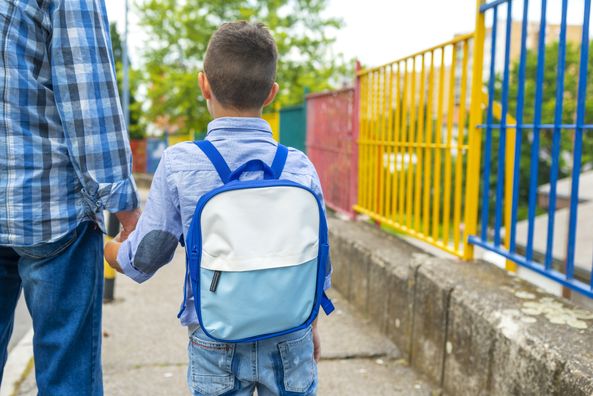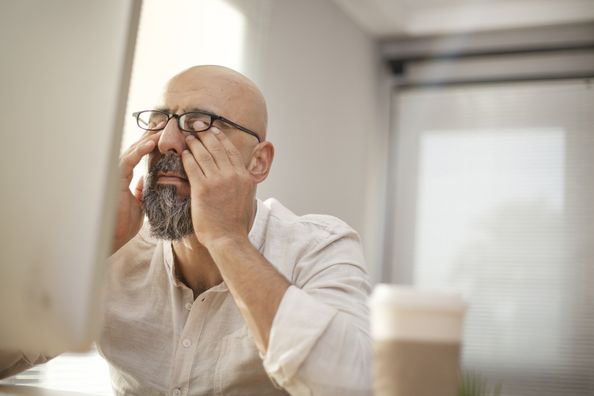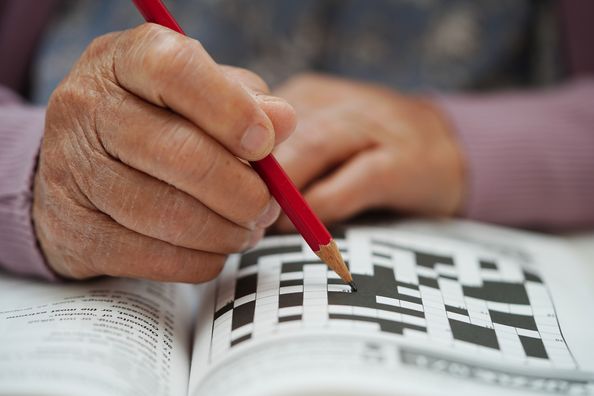As COVID-19 pandemic rates decline, many are returning to their pre-pandemic social life including working from their company’s office or seeing their friends and family for in-person activities. While some are excited to get back to their pre-pandemic social life, others are experiencing elevated anxiety symptoms.
Anxiety is not so surprising when you look at the big picture of what we have all been through. Many people experienced being isolated from their peers at school, their co-workers and even avoided usually sought-after social places such as busy restaurants, movie theaters and malls. Some people also experienced great losses during the pandemic. Not only did some lose their loved ones to COVID-19, but some experienced losing a job, their homes and even their close friends due to the strain COVID-19 put on relationships.
There are two types of anxiety to especially be on the lookout for – social anxiety and health anxiety. Social anxiety is defined by intense fear in social situations, avoidance of social situations and fear of judgement from others. Health anxiety on the other hand is connected to an intense fear of having or getting a disease. COVID-19 anxiety heighted both as some began to view others as a threat due to the possibility of contracting COVID-19.
It is important to know the signs that yourself or a loved one is experiencing anxiety or depression as we return to normalcy.
Common symptoms for clinical depression include:
- Brain fog or difficulty concentrating
- Changes in appetite, weight or sleep – this include over or under eating
- Feelings of guilt, hopelessness, helplessness or worthlessness
- Loss of interest – no longer finding interests in things they once enjoyed
- Low mood (which can be experienced as sadness or apathy)
- Suicidal ideation (in severe cases)
Common symptoms of an anxiety disorder include:
- Difficulty concentrating
- Fatigue
- Gastrointestinal distress
- Increased worry and difficulty controlling worries
- Irritability
- Nausea
- Repetitive negative thoughts
- Restlessness
- Shortness of breath
- Tightness in chest
If you notice these symptoms in your loved one, it is important to do your research through reputable sources to help you understand why they are thinking or feeling a certain way. Consistent follow ups are another way to show your support through reliable actions. Reaching out or asking for help can be one of the hardest things for someone to do when they are struggling. Make sure to ask if they want comfort or solutions when they confide in you. Always be open ears to hearing how they really are feeling and any concerns they have. Another great way to show support is to validate that this is indeed a difficult time for everyone and that they are not alone.
Whether it is you or a loved one who is experiencing mental health symptoms, it is important to know the help and treatment options available. There are both medication and non-medication approaches. Non-medication approaches include utilizing connections such as support systems, support groups and mental health professionals. Utilizing National Alliance on Mental Illness (NAMI) can help bridge the gap if the person is having difficulty accessing therapy and other mental health resources.
Additional tips for bettering mental health include:
- Focusing on good self-care including nutrition, sleep, hydration and exercise
- Reaching out to your primary care provider (if they do not already have a therapist or psychiatrist) for assistance/referral
- Calling your insurance company to find a provider for mental health services
- Reaching out to your support system (family, friends, church, etc.)
If you’re interested in learning more, click here to read about our Behavioral and Mental health services.
Health Topics:








